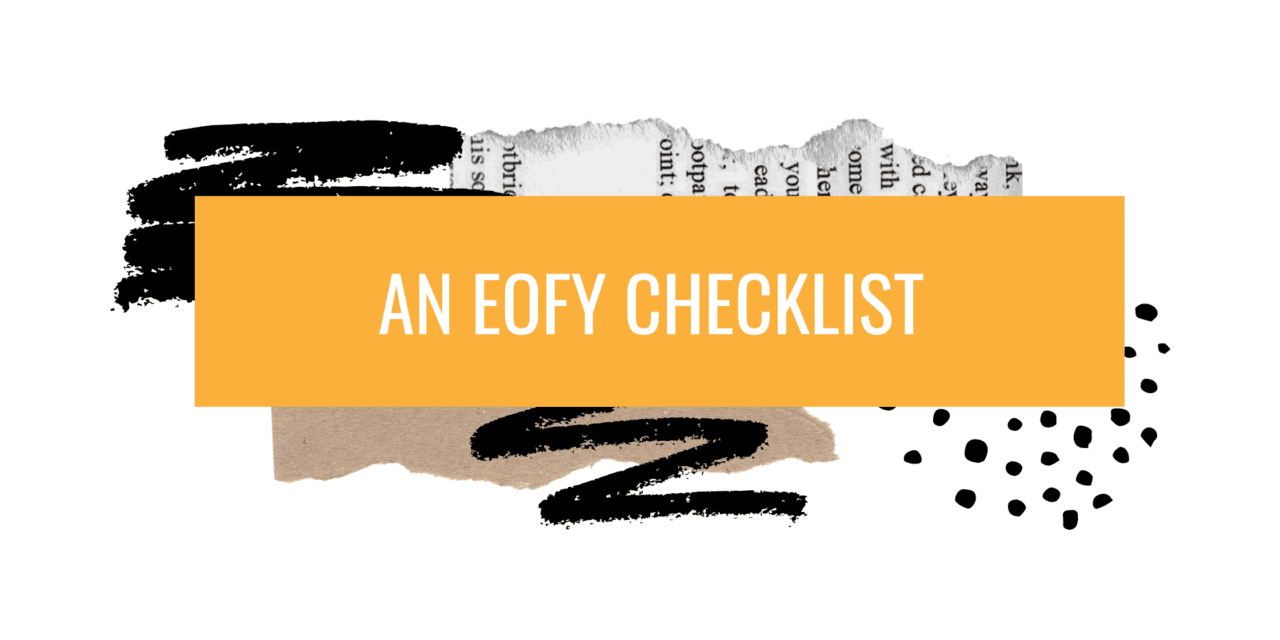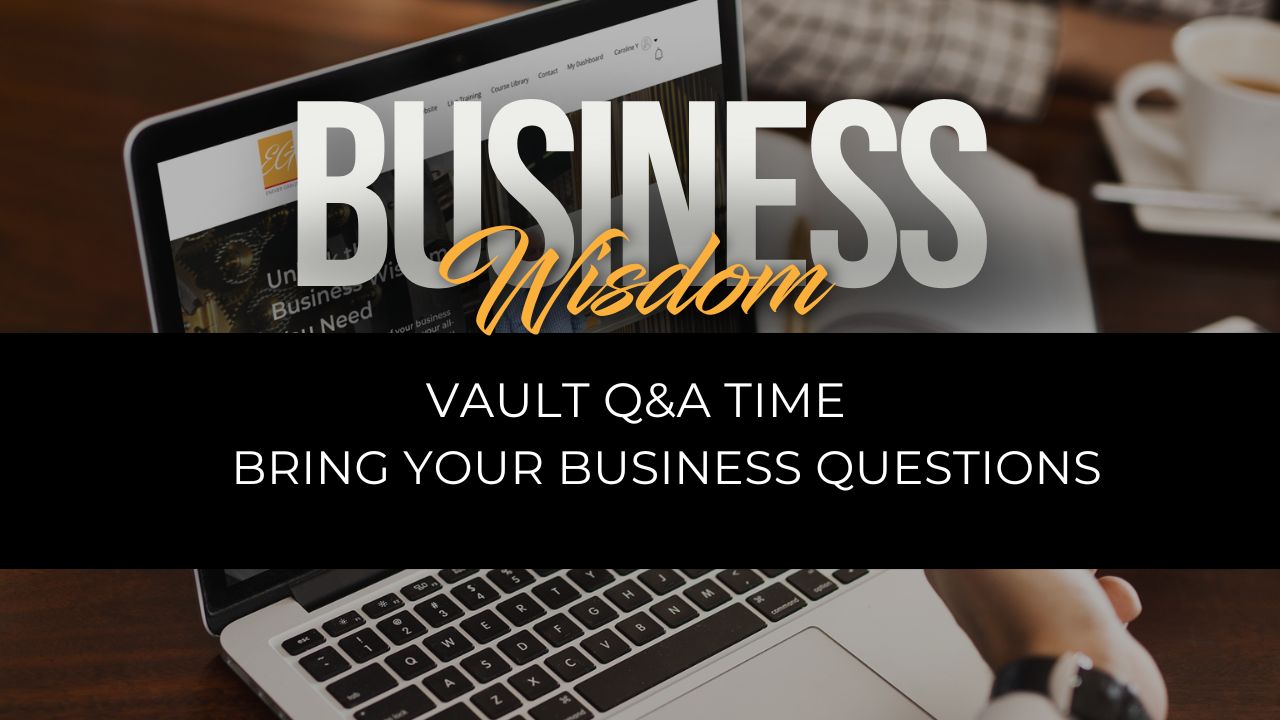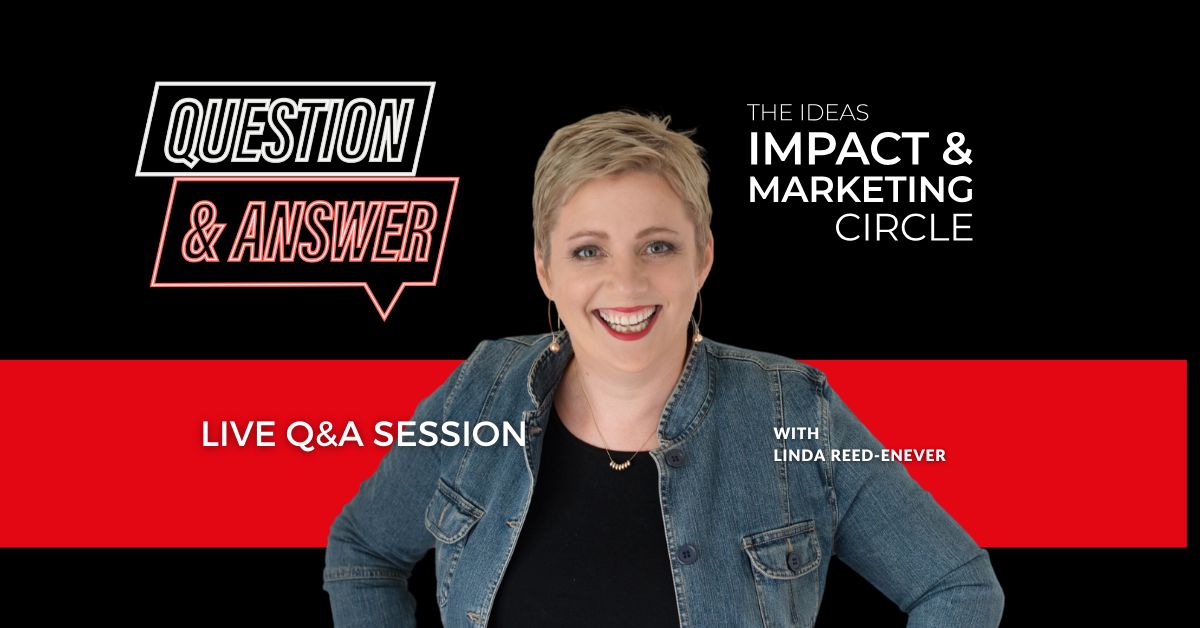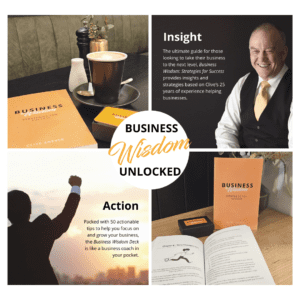The end of the financial year is fast approaching and for many business owners that means now is the time to start preparing for that annual trip to the accountant.
There is stock to be counted, employee payment summaries to finalise, and profit and loss statements to prepare.
So as the countdown commences, here is an EOFY checklist for business…
The financials
For many businesses, EOFY is all about the financials of business and the Australian Government has this helpful list of items that most business owners need to tend to:
- a summary of income and expenses in a profit and loss statement
- conducting a stocktake
- summaries of debtors and creditors
- collating records of asset purchases or expenditure on improvements
- completing and lodging your income tax returns
- lodging yearly reports or returns for pay as you go (PAYG) withholding including finalising income statements for single touch payroll
- fringe benefits tax (FBT)
- goods and services tax (GST)
- the taxable payments reporting system
- meeting superannuation requirements
Beyond the paperwork
As much as EOFY is about meeting financial obligations, it is also the opportunity to objectively assess the performance of your business, and plan for its future.
With that in mind, here are some further areas where business owners should be spending some time.
Business performance
As part of the EOFY process, you should be comparing your business performance to the KPIs you set at the beginning of the financial year.
Is your business where you want it to be? If not, why not? What worked in the past 12 months and what needs a little revision?
Goal setting
As you assess your business performance for the past 12 months, it’s time to also plan for the future. That means considering where you want your business to be in a year’s time and planning accordingly.
In other words, now is the time to set goals, and implement the KPIs that you need to achieve them.
Business structure
While looking into the numbers of your business now and considering your plans for the future, it’s also a good idea to consider your business structure and whether it continues to meet your needs.
Are there things you will seek to change in the year ahead in terms of:
- Products and services
- Staffing
- Plant and equipment
- Business location
- Ownership or partnerships
The basics
Now is also the time to consider some solid business basics in terms of risk mitigation, compliance, and general necessities.
That means noting down things like website renewals and business name registrations.
It’s also the opportunity to assess your current requirement including an audit of your business subscriptions, insurance needs, and workplace health and safety policies.
Updating your business plan
Once you have your financials in hand and goals for your business for the year ahead, it’s time to take a deep dive into your business plan and update it accordingly.
After all, a business plan is a living document that should track where you are and also mark out the steps for where you want to go.
Avoiding overwhelm
The above list might seem quite lengthy and intense, but the reality is most of these actions happen organically as part of the end of financial year process.
It’s just a matter of allocating sufficient time and resources to work through them in the knowledge this is working on your business for your future benefit.
Need some help?
If you’re looking to use the end of financial year to plan for the next year ahead, I’m available to assist with goal setting and planning.
To talk about your business needs beyond EOFY 21, you can book a discovery call with me here.
Talk Strategy with Clive
With more than 30 years’ experience in mentoring small to medium-sized businesses around Australia. Clive works with company owners and their teams to grow their business and achieve goals through startegic coaching.









